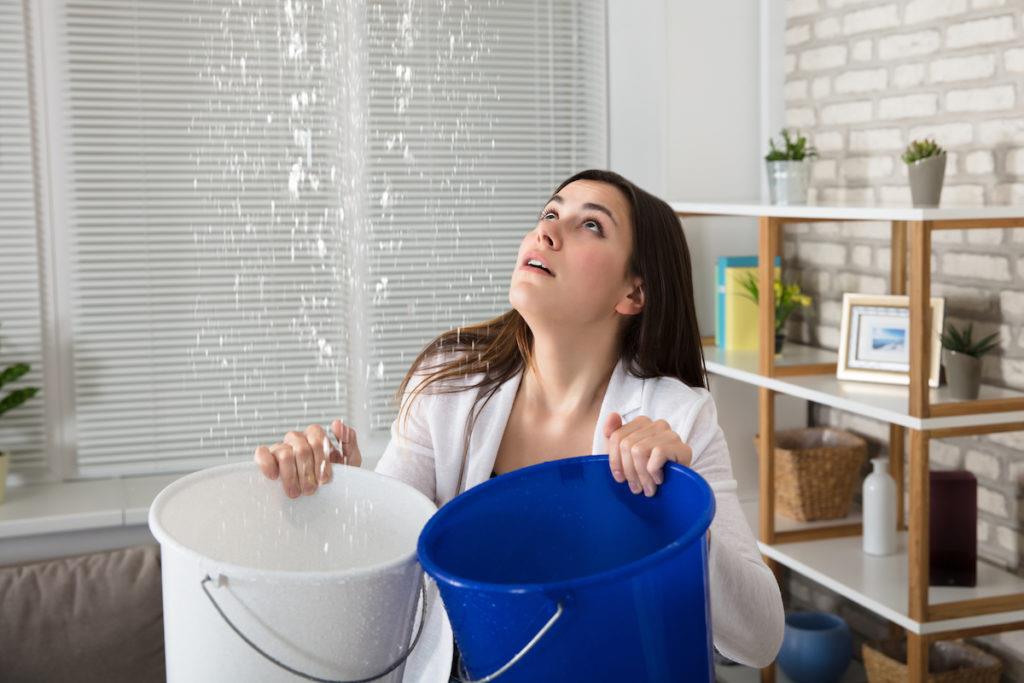Water is a vital part of our lives but it can be damaging when it gets where it shouldn’t. It can cause damage to your home and lead to mold growth.
There are several ways to detect leaks but one of the easiest is to check your water meter. Make sure all appliances are turned off and read the dials on the meter. If they are moving it may indicate a leak.
1. Change the Water Filter
Ideally, you should shut off the water supply to your house before changing the filter. This isn’t always possible but it’s a good idea to do so anyway. It will prevent the water from your home from draining back into the filter housing unit. Just follow the pipe leading out of the filter and turn it off. It will help to have a bucket under the filter and a wrench to turn the valve (or a jar and screwdriver if you’re slow minded like me).
Once the water is off, check all of your appliances that use water in the house and make sure none are running. This will include dishwashers, washing machines and ice makers. Then, check your water meter and take another reading.
2. Check the Water Meter
If you notice a sudden increase in your water bill but don’t think your habits have changed, it could be a sign that there is a leak somewhere. The easiest way to check is by observing your water meter. Make sure all faucets and water-using appliances are turned off (like the dishwasher or washing machine). Then locate your meter and lift the cover to read the dials. If the “leak indicator” or the actual sweep hand is moving after you’ve shut off all faucets, it means that there is a leak somewhere between your meter and your home.
Wait an hour or two and then check your meter again. If the dials have moved, it means that there is a leak between your meter and your home, which is either inside or outside the house and is your responsibility to repair.
3. Look for Signs of Water Damage
Water damage can cause all sorts of problems ranging from mold to cracked walls and floors. It’s best to catch these issues early before they spread too far. Start by closing all the water outlets in your home and checking your water meter again. If the usage has jumped, you likely have a leak somewhere in your house.
Walk around your home and look for puddles or damp spots. You can also check behind sinks and toilets for signs of leaks. Look for rust around piping and loose connections. If you spot these issues, make sure to turn off your water main in the basement or garage (make sure to shut off any appliances too). Once everything is shut off, you can check for movement on the meter again.
4. Check Your Faucets
If you notice abnormally high water bills (even when you’re not using extra water) or see stains on your ceilings, it could be a sign of a leak. Water leaks can also cause mold growth and water damage to your home and belongings, which is why it’s important to detect them quickly.
First, shut off all the water faucets in your house and make sure that the dishwasher and washing machine are not running. Next, take a reading of your water meter. Wait an hour or two and check again to see if the reading has changed. If it has, you may have a slow leak.
5. Look for Signs of Water Leaks
Water leaks can occur in any part of your plumbing system, from the water heater to the pipes under your sink. They can be slow or fast and may cause damage to your home or your property. It’s important to check for them regularly to prevent costly damage. The first step is to locate your water meter and make sure that it’s fully shut off. Then, check for a movement indicator on the meter or a change in the meter readings.
If you notice any of these signs, a plumber in Canberra can help. Catching leaks early can save you thousands and prevent expensive damage. It’s also a good idea to look for leaks outside your home too. Leaks in the yard can be just as damaging as those inside your house.

